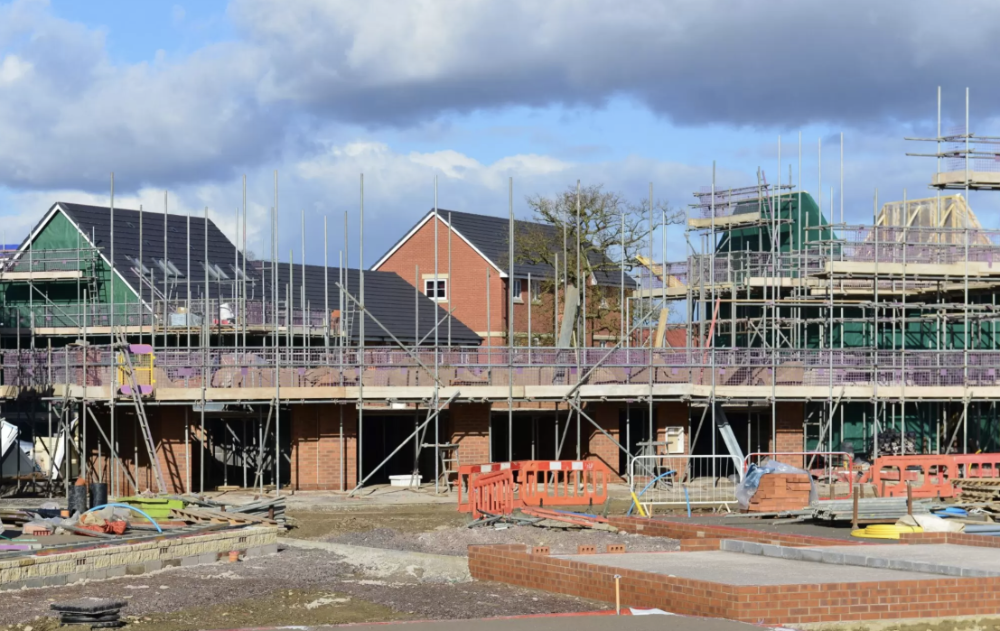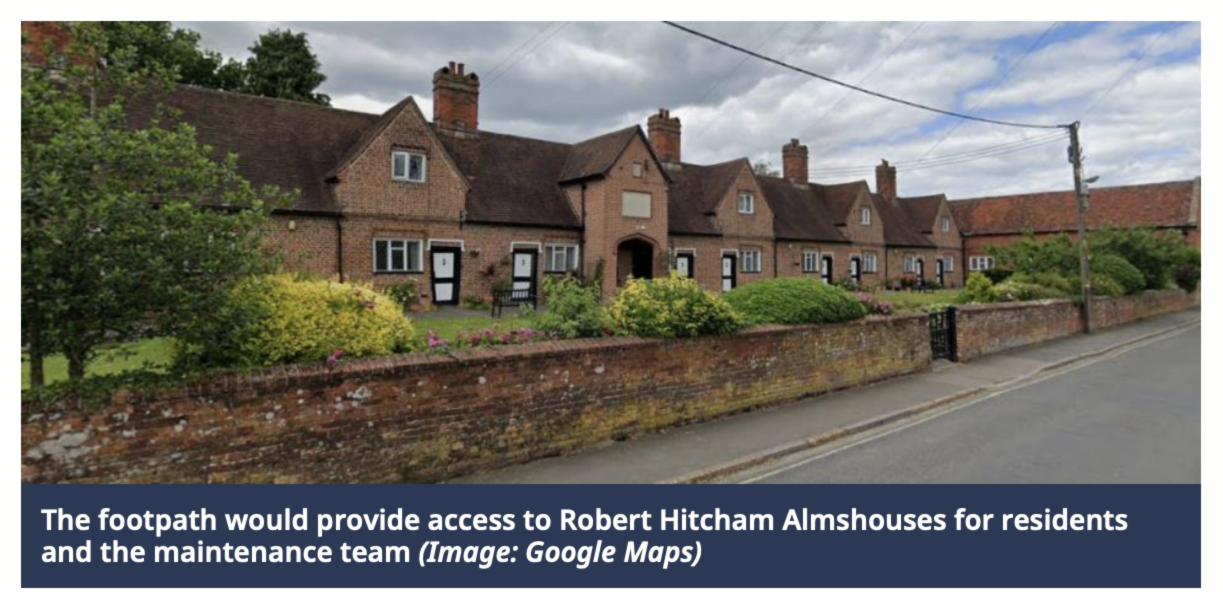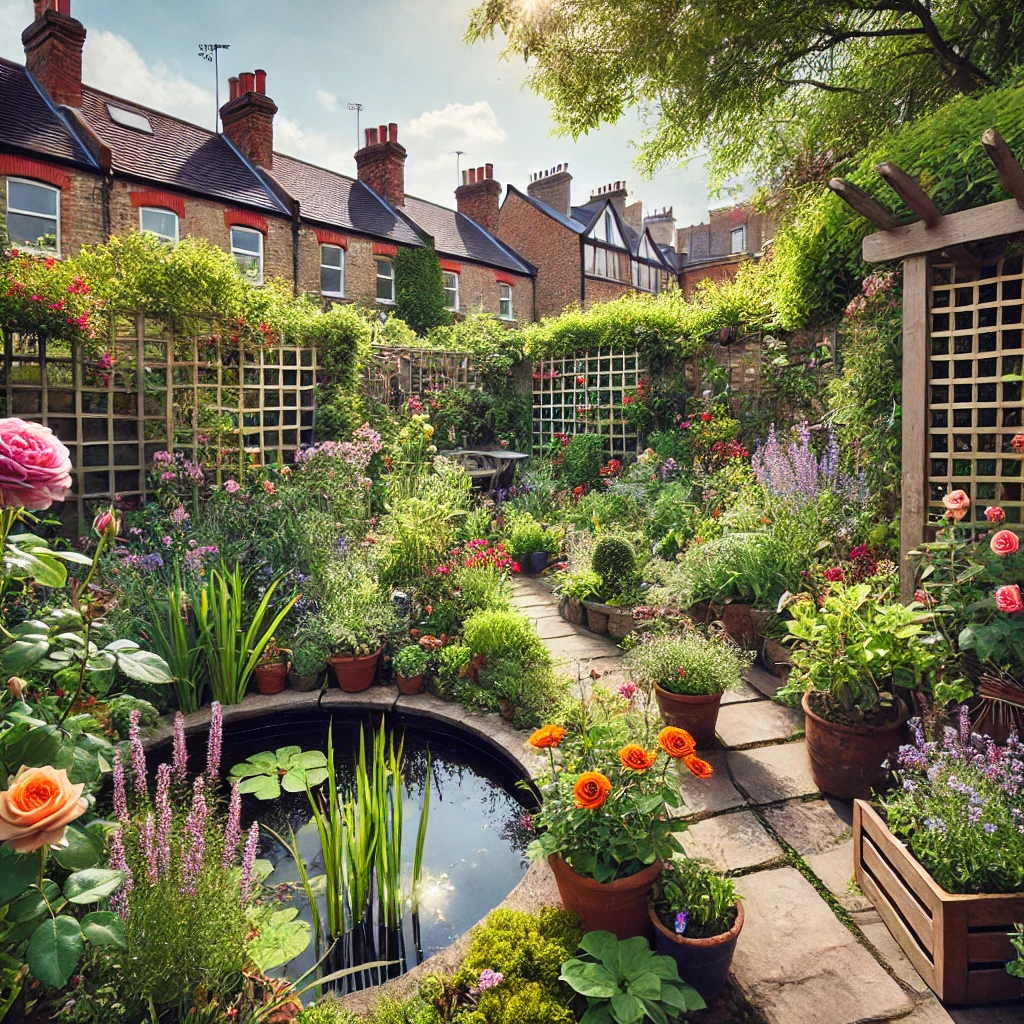Local councils in Suffolk are sounding the alarm over the government’s decision to more than double housing targets, a move that is stirring deep concerns about the future of the county’s natural landscapes. Despite accusations of being “Nimbys” (not in my backyard), council leaders stress their worries aren’t about resisting change but about safeguarding the area’s beauty and character.
The new mandate is clear: Suffolk must build 5,140 new homes annually until 2029, a stark increase from the previous target of 3,120. While the government insists that reforms are essential to meet its ambitious goal of 1.5 million homes over the next five years, the impact on Suffolk’s cherished countryside is undeniable.
Caroline Topping, leader of East Suffolk Council and a member of the Green Party, has voiced her unease. “This will inevitably put pressure on some of the most beautiful areas of the country,” she warns, pointing to potential damage to Sites of Special Scientific Interest (SSSIs) and National Landscapes, areas legally designated for their natural beauty.
The scale of the increase across Suffolk is staggering:
- Babergh: 416 to 763
- East Suffolk: 905 to 1,696
- Ipswich: 466 to 755
- Mid Suffolk: 535 to 753
- West Suffolk: 800 to 1,200
This amounts to a 65% rise across the county, a surge that has left councils grappling with how to balance the need for housing with the protection of the environment.
Topping has written directly to Housing and Planning Minister Matthew Pennycook, expressing her fears that the new planning reforms could undermine public trust in local development. “These are not the concerns of a Nimby council,” she insists. “We welcome many changes, but the sheer scale of this uplift raises serious concerns about how our communities and landscapes will cope.”
Local councils are required to develop housing plans to outline how they will meet the new targets. However, there is growing apprehension that these plans, meant to ensure sustainable growth, will fall short under the pressure. Conservative MP for South Suffolk, James Cartlidge, shares these concerns. “Labour has imposed a massive new target, and I worry that we’ll lose local control over where housing goes,” he says. “We could end up with speculative development where builders pick and choose, simply because councils can’t meet the numbers.”
For many in Suffolk, the stakes are high. Not only are there fears about uncontrolled development, but also about the lack of infrastructure to support the growth. Chris Chambers, Suffolk County Council’s cabinet member for transport strategy, planning, and waste, cautions that without adequate funding for roads, schools, and other critical services, local residents will be left bearing the brunt of the changes. “This level of new housing, without the right infrastructure, will ring alarm bells for many,” he says.
The Ministry of Housing, Communities & Local Government has responded to these concerns, insisting that the country must contribute to solving the housing crisis. “Our ambitious plans won’t come at the expense of the environment or protected green spaces,” a spokesperson stated. They emphasized a “brownfield-first” approach, which prioritizes developing unused land, alongside a promise to maintain protections for agricultural and green spaces.
As Suffolk braces for these sweeping changes, the question remains: Can the county absorb this influx of new housing without losing what makes it special? For many, the future of Suffolk’s natural beauty is on the line, and the fear is that it could be sacrificed in the rush to meet national targets.


